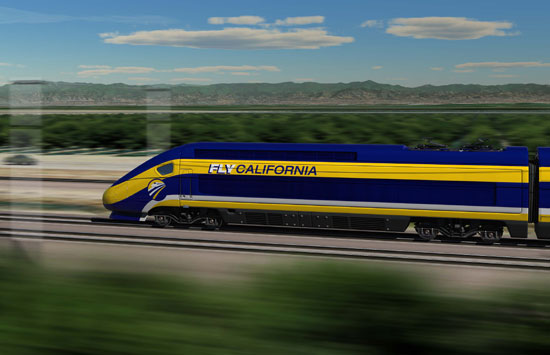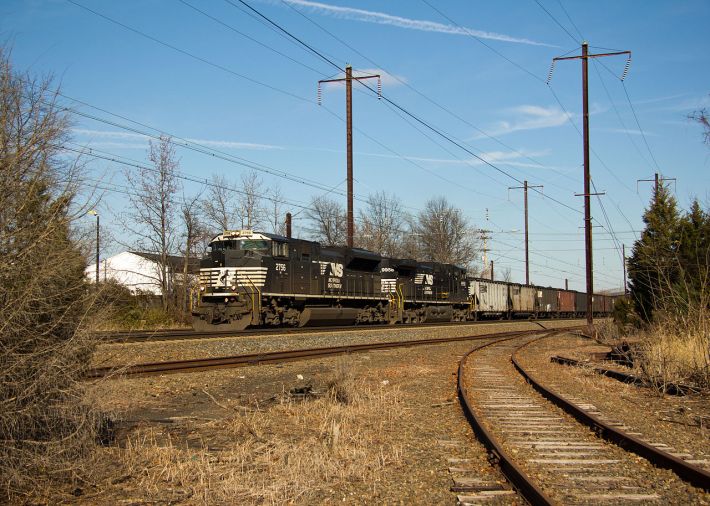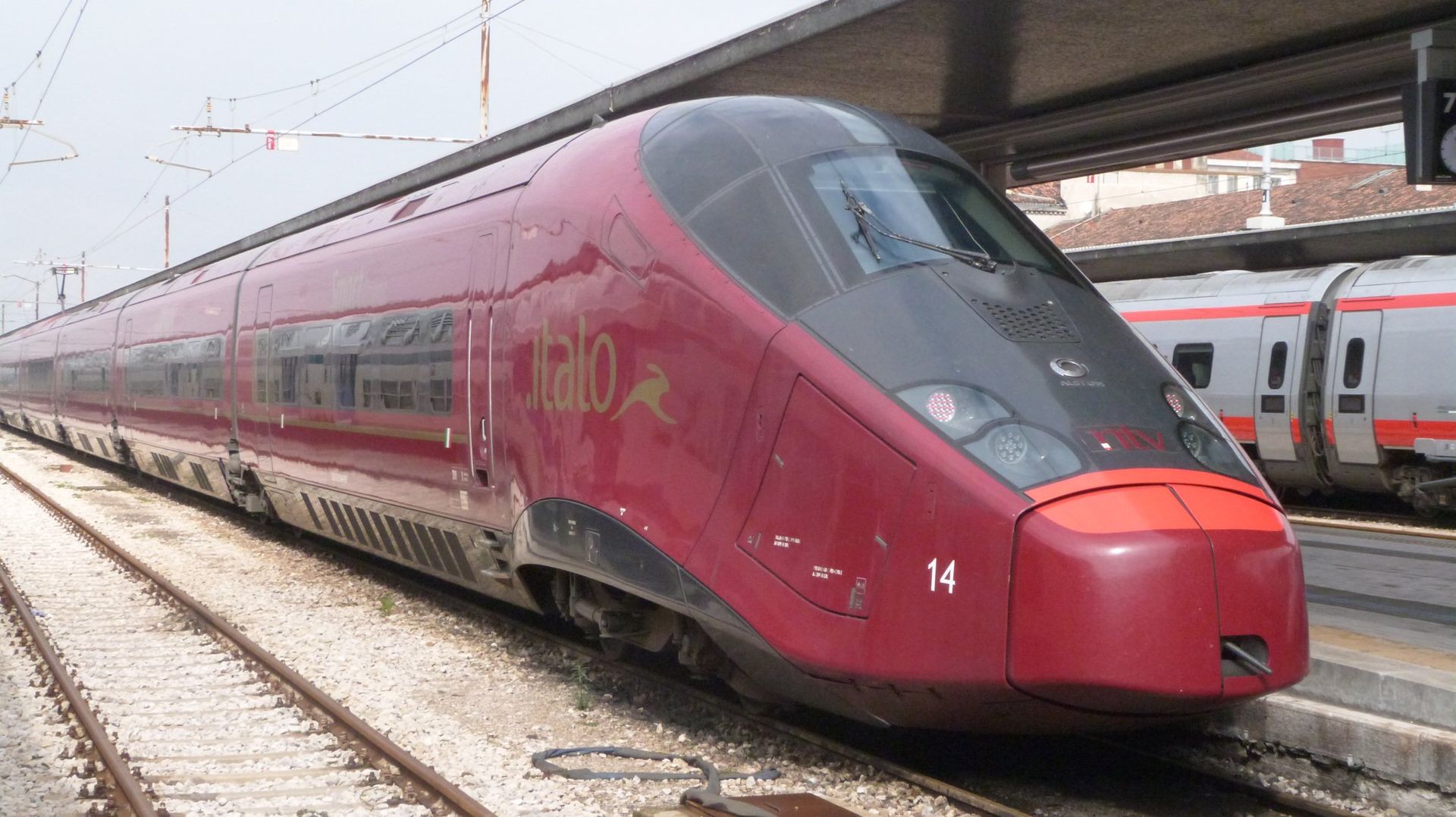Key California lawmakers have devised a plan to shift California's high-speed rail plans from a blue and yellow paint scheme, once favored by Central Valley Democrats, to dark red--a strategy that could crush the dreams of high-speed rail purists.
Assembly Democrats see greater public value in a red train, which might be more eye catching. The proposal has been taken more seriously in recent weeks, and supporters think it will meet the tricky legal requirements of the high-speed rail project.
“I like the concept,” said Assembly Speaker Anthony Rendon (D-Lakewood). “Any project that doesn’t look really pretty doesn’t make much sense.”

Obviously, the headline and first few paragraphs you've just read aren't true.
We're just mocking the L.A. Times's Ralph Vartabedian--using his own language template that turns any story on California HSR, no matter how banal, into more evidence of its demise. Tuesday was the latest: this time he decided that because politicians are trying to bring more money for and construction of HSR into their own districts, it means the project is (once again) gasping for breath.
Politicians have been trying to get more money for their districts since Roman times. Yes, Southern California politicians are again trying to prioritize more construction to Southern California (shocking!). It's worth a mention perhaps, but it's hardly a "blow" and definitely not dream crushing. Actually, it's kind of quaint.
And we wouldn't care about Vartabedian's schlock reporting, because in our conversations "with more than a dozen elected officials, legislative staffers, rail industry executives, bullet train insiders and others," Streetsblog has heard, over and over again, that he is just a hack that nobody takes seriously anymore.
However, as usual, he also managed to pass along some technical misinformation: "Supporters note that Europe now operates battery-powered trains, eliminating the need for overhead wires that freight railroads don’t want installed on their tracks," he writes. It's unclear why this point is brought up in his article, but maybe it's a justification for taking money earmarked for stringing electrified wire over the Central Valley segment of HSR and diverting it to commuter trains in Northern and Southern California?
Except there won't be any freight trains on the Central Valley segment, so that part's not relevant. Besides, while some American freight railroads have at times expressed reluctance to have overhead wire over their tracks, it wouldn't be a make-or-break issue anyway (see pic below):

Also, battery trains? He makes it sound as if you just buy a Tesla train locomotive and charge it up and get going. There is no such thing. Trains are much, much heavier and have a different dynamic than cars. That said, freight and passenger train manufacturers and railroads are looking at hybrid battery systems--in the case of freight, battery locomotives could be used to expand the efficiency of existing diesel-electrics.
There are also new trains being tried out that still have overhead power systems, but can run on batteries to get across segments of non-electrified tracks (but not at high speeds). This is a way to cut corners or add efficiencies on overhead wire electrification, not get rid of it.
Getting back to the main point though, we're not that concerned with whether or not the HSR project is spending more right now in the Central Valley or on connections from L.A. to S.F., any more than we care about the color scheme. Streetsblog supports HSR and other sensible train projects in and between Northern and Southern California, in whatever order they get built. And we'll continue to call out the L.A. Times on its nonsensical, misframed reporting on California's rail modernization project.





